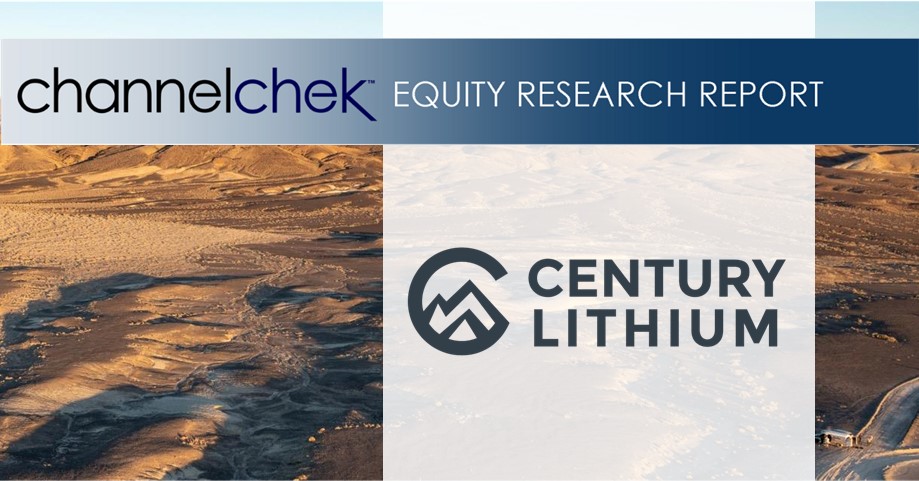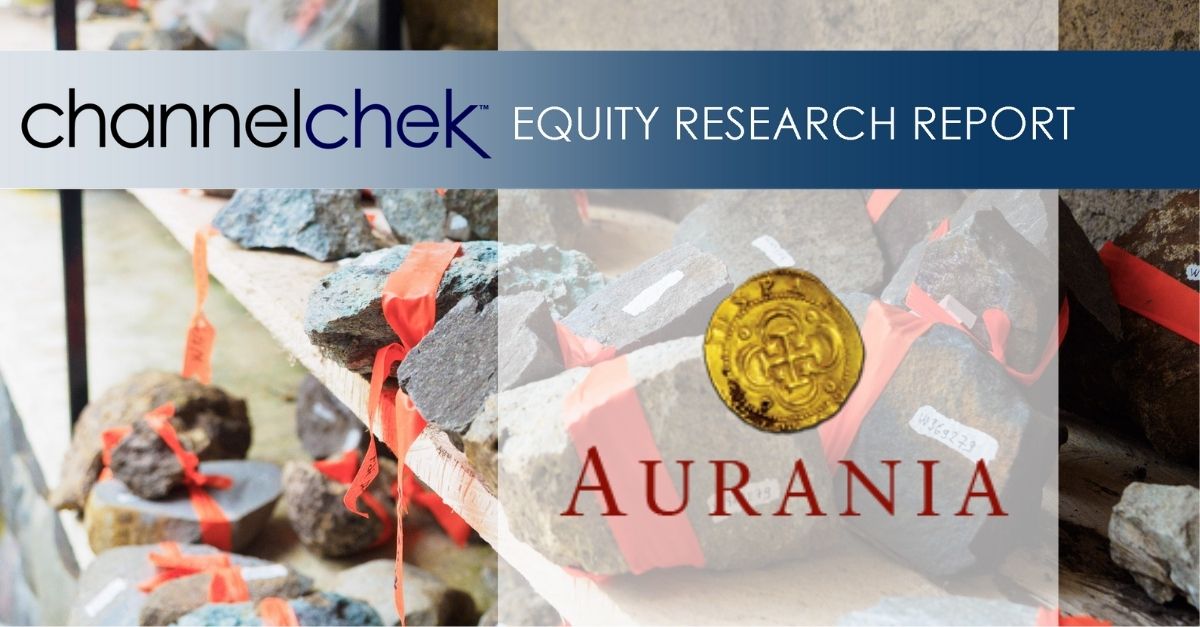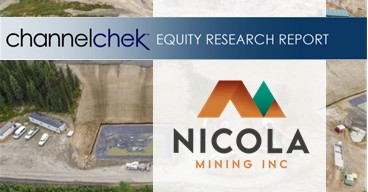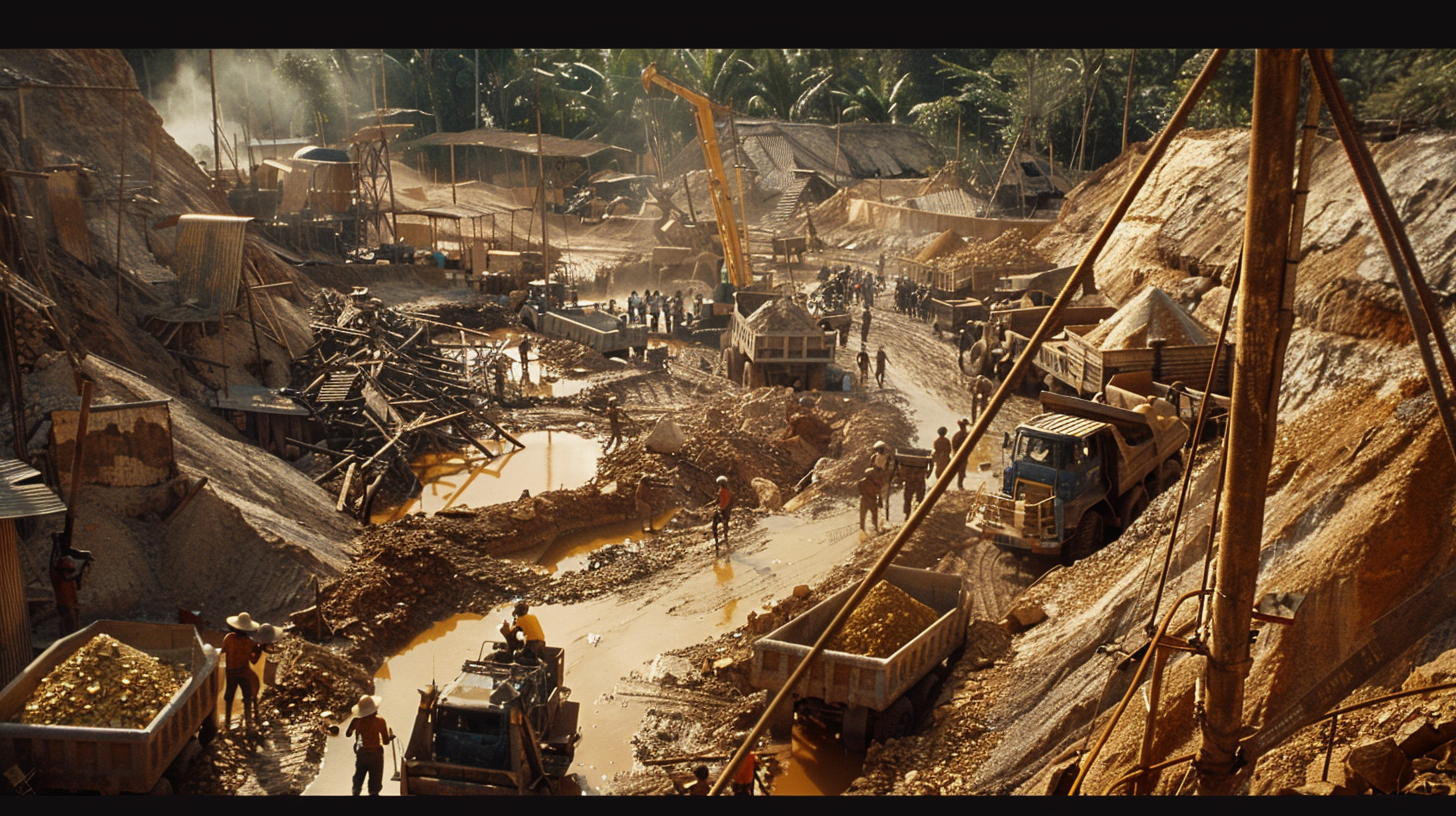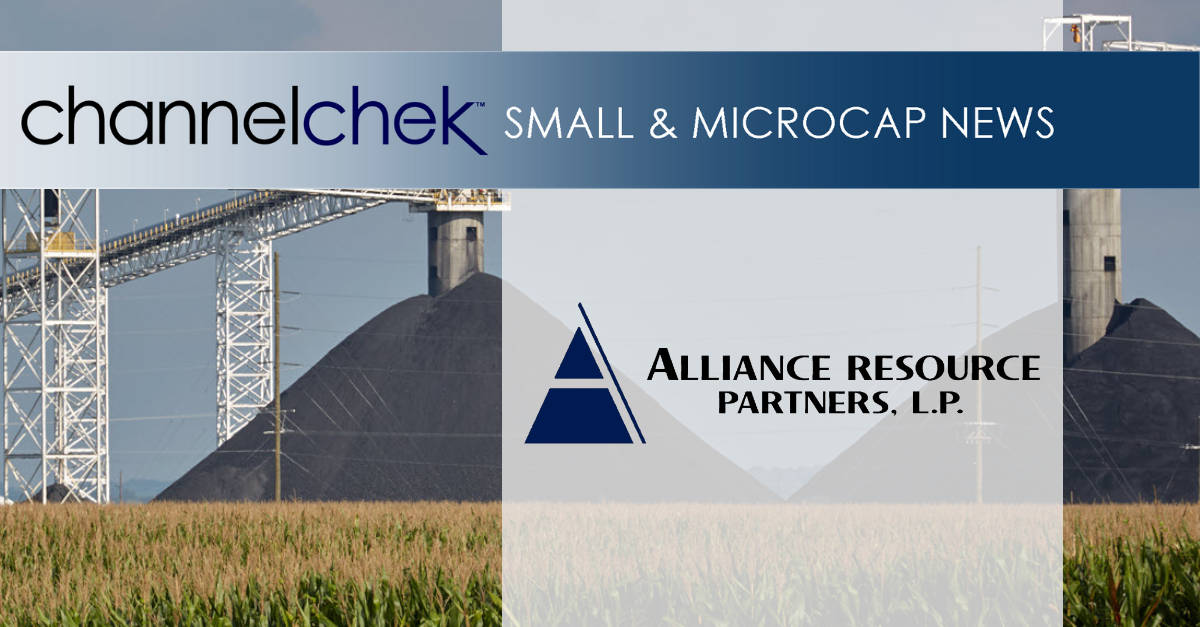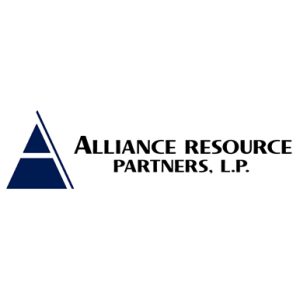
Monday, August 18, 2025
Comstock (NYSE: LODE) innovates technologies that contribute to global decarbonization and circularity by efficiently converting under-utilized natural resources into renewable fuels and electrification products that contribute to balancing global uses and emissions of carbon. The Company intends to achieve exponential growth and extraordinary financial, natural, and social gains by building, owning, and operating a fleet of advanced carbon neutral extraction and refining facilities, by selling an array of complimentary process solutions and related services, and by licensing selected technologies to qualified strategic partners. To learn more, please visit www.comstock.inc.
Mark Reichman, Managing Director, Equity Research Analyst, Natural Resources, Noble Capital Markets, Inc.
Refer to the full report for the price target, fundamental analysis, and rating.
Second quarter financial results. Comstock reported a net loss of $7.8 million or $(0.27) per share, compared to a net loss of $8.6 million or $(0.60) per share during the prior year period. Revenue decreased to $339.5 thousand compared to $434.8 thousand during the prior year period. The loss from operations widened to $7.7 million compared to $5.6 million during the second quarter of 2024 due to higher selling, general, and administrative expenses that increased to $4.6 million from $2.8 million. Relative to our net loss estimate of $5.0 million, or $(0.16) per share, revenues were below our estimates, while operating expenses were higher.
Recent financing. Comstock raised gross proceeds of ~$30.0 million with a public offering of 13.3 million shares priced at $2.25 per share. The net proceeds will be used to fund capital expenditures associated with commercializing its first industry-scale facility for Comstock Metals, development expenses, and general corporate purposes, including the repayment of existing debt. As of August 14, LODE shares outstanding were 49.3 million compared to 32.4 million as of June 30. The underwriters have a 30-day option to purchase up to an additional 2.0 million shares to cover over-allotments, which we assume will be exercised.
Get the Full Report
Equity Research is available at no cost to Registered users of Channelchek. Not a Member? Click ‘Join’ to join the Channelchek Community. There is no cost to register, and we never collect credit card information.
This Company Sponsored Research is provided by Noble Capital Markets, Inc., a FINRA and S.E.C. registered broker-dealer (B/D).
*Analyst certification and important disclosures included in the full report. NOTE: investment decisions should not be based upon the content of this research summary. Proper due diligence is required before making any investment decision.

